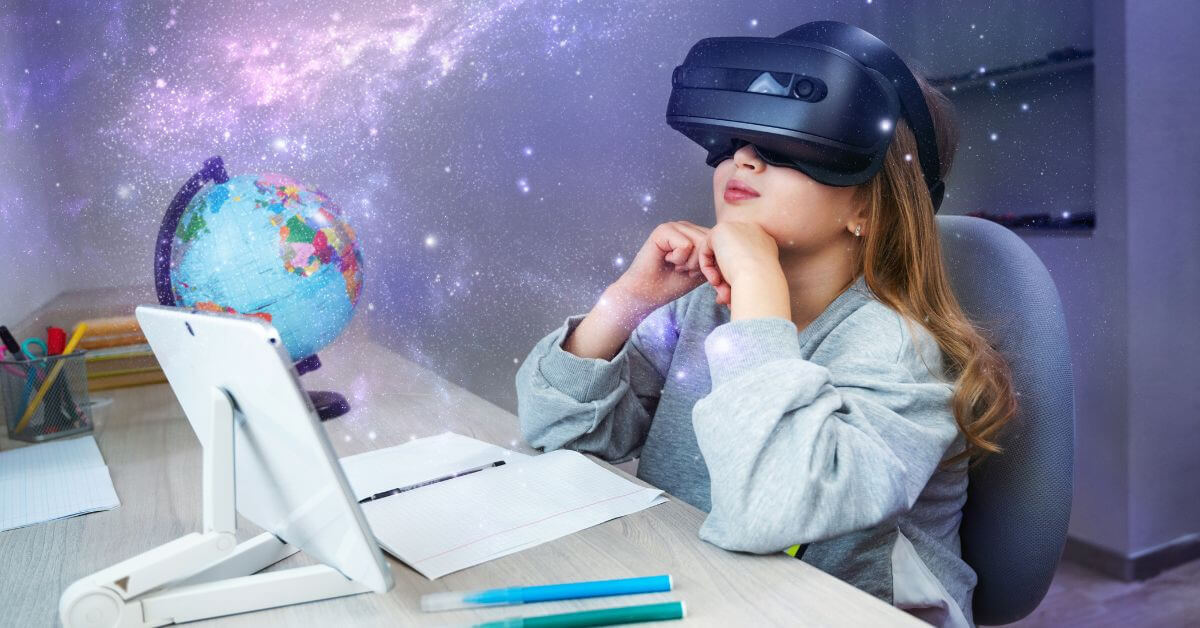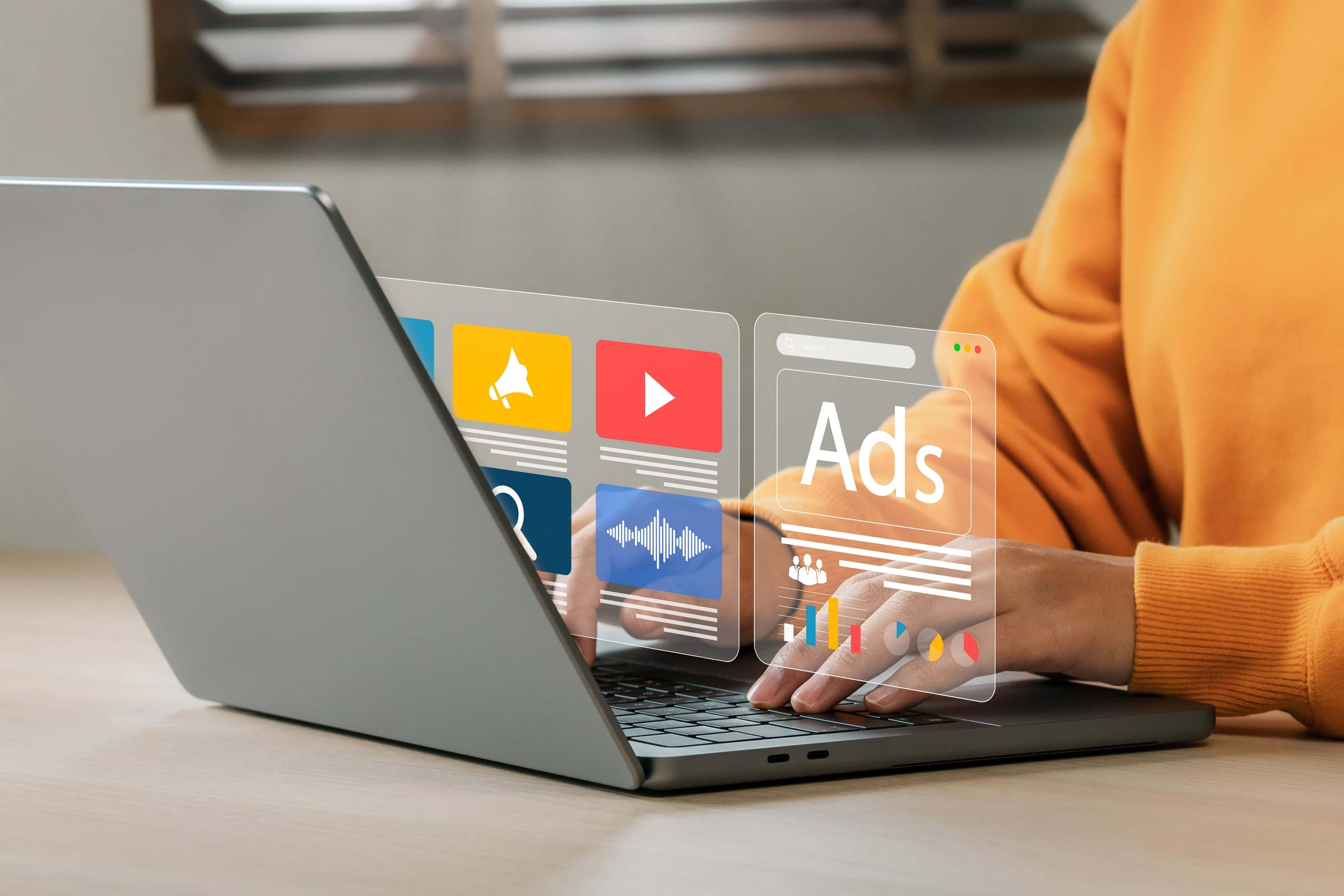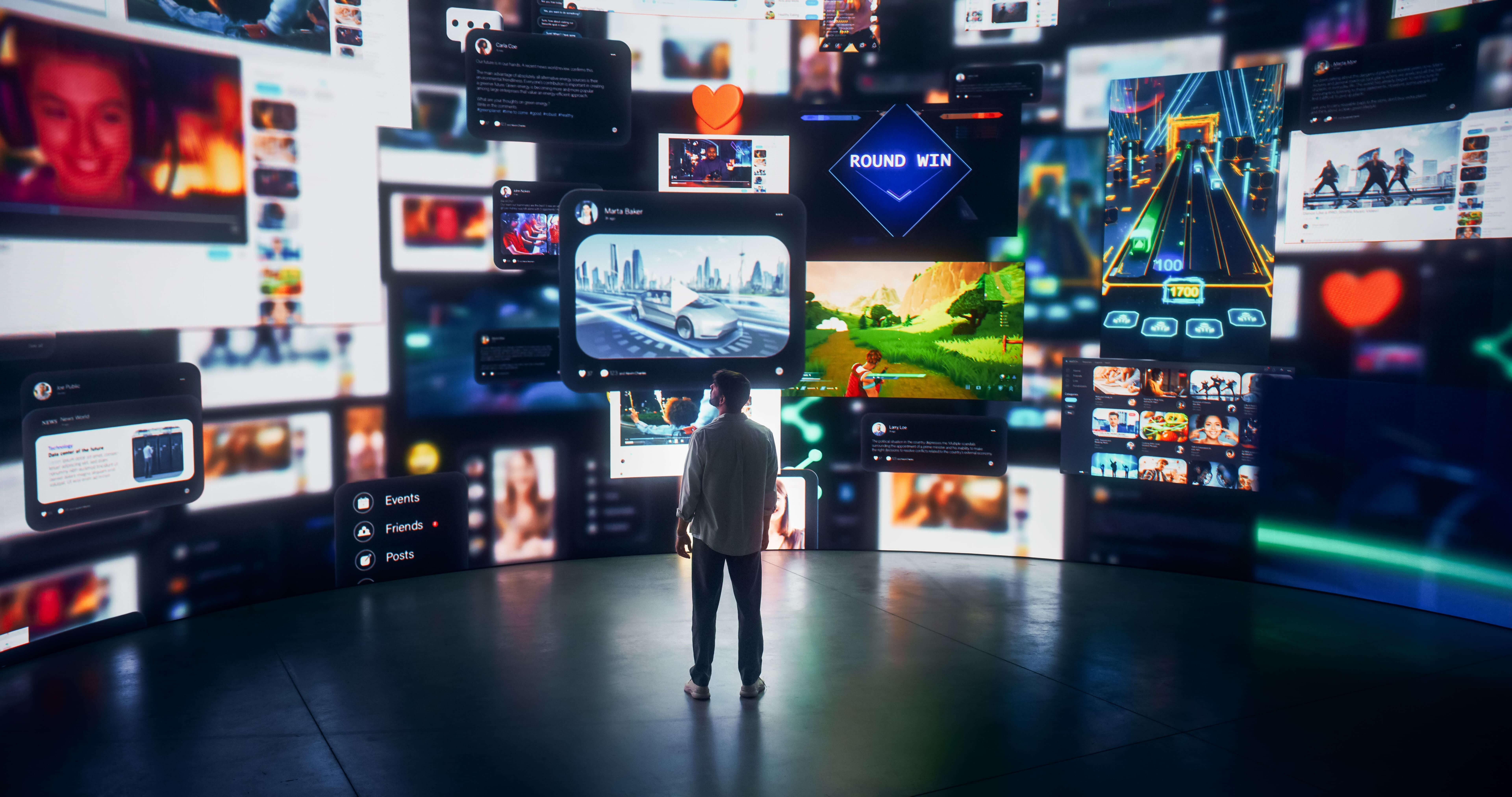Augmented Reality (AR) is rapidly transforming the educational landscape, introducing a dynamic layer of interaction and visualization to traditional learning environments. This technology blends digital content with the real world, offering students and educators immersive experiences that enhance understanding and engagement. In this post, we explore how AR is reshaping education, making learning more accessible, engaging, and effective.
Enhancing Visual Learning
Bringing Concepts to Life
AR brings abstract concepts to life by providing students with visual and interactive representations. For instance, in science classes, students can explore the human anatomy or watch chemical reactions unfold right in front of them through AR simulations. This not only helps in understanding complex subjects but also retains student interest and curiosity.
Interactive Textbooks and Learning Materials
Publishers are beginning to incorporate AR into textbooks and learning materials, where students can point their devices at images or texts to access supplementary 3D models, videos, or animations. This integration enhances the learning material's interactivity, making studying more engaging compared to traditional methods.
Supporting Remote Learning
Virtual Classrooms
With the rise of remote learning, AR can play a pivotal role in bridging the gap between physical and virtual classrooms. AR applications can simulate classroom settings, allowing students to feel as if they are attending a class in person. This can be particularly beneficial in providing a sense of presence, which is often lacking in conventional online learning platforms.
Enhanced Interactivity
AR enables interactive learning sessions where students can manipulate virtual objects and conduct experiments in a controlled, virtual environment. Such interactivity is not only safe but also repeatable, allowing students to learn through trial and error without the risks associated with physical experiments.
Facilitating Inclusive Education
Customizable Learning Experiences
AR can tailor educational experiences to meet diverse learning needs and styles. For students with disabilities, AR tools can adjust the learning environment to suit their specific requirements, such as offering auditory enhancements for visually impaired students or simplified interactions for students with learning difficulties.
Breaking Language Barriers
AR can support language learning and help break down barriers. By overlaying translations or phonetic guides on text, students who are learning a new language or those with language impairments can better understand the material, ensuring inclusivity and accessibility in learning.
Boosting Engagement and Motivation
Gamification of Learning
Incorporating elements of gamification through AR can significantly boost student engagement and motivation. Educational games that use AR to create competitive and collaborative activities encourage students to participate actively and learn by doing, which is often more effective than passive learning.
Real-World Application
AR helps demonstrate the real-world applications of theoretical knowledge by allowing students to visualize and interact with how concepts apply in real life. This not only enhances learning but also inspires students by showing the practical relevance of their studies.
Conclusion
Augmented Reality in education is transforming traditional learning paradigms into engaging, interactive, and impactful experiences. As AR technology continues to evolve and become more accessible, its integration into educational systems around the world is poised to enhance the way educators teach and students learn. By embracing AR, educational institutions can provide students with a richer, more effective learning environment that prepares them for the challenges of the future. Embracing AR in education is not just about keeping up with technology but revitalizing the passion for learning in the digital age.




